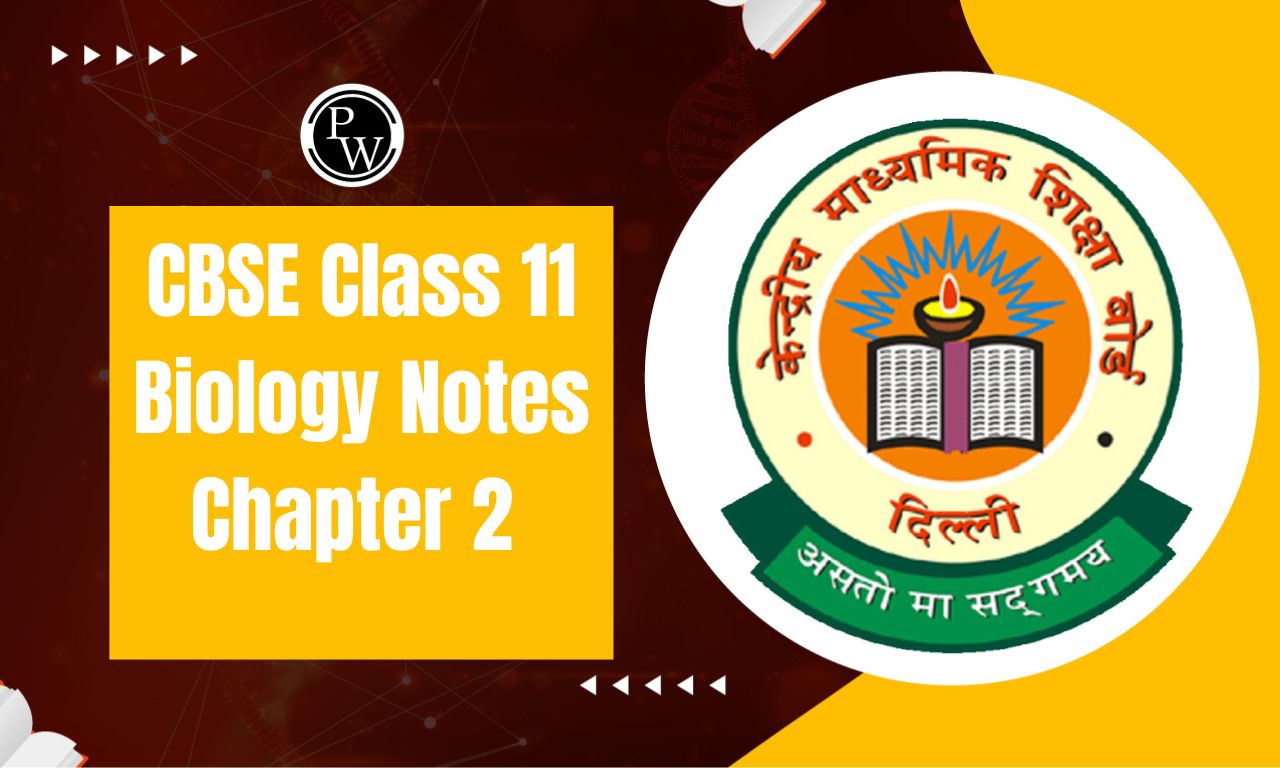
Important Questions for Class 11 Physics Chapter 7: Chapter 7 of Class 11 Physics, Gravitation, deals with the fundamental forces of nature that govern the motion of objects under the influence of gravity. Key topics include the universal law of gravitation, gravitational constant, acceleration due to gravity, and the concepts of gravitational potential energy and potential.
The chapter also explores Earth's gravity, gravitational field, and orbital motion, focusing on satellite motion and Kepler's laws. Important questions typically cover the application of Newton's law of gravitation, calculating gravitational potential energy, the relationship between mass, weight, and gravitational field strength, and deriving formulas related to orbits and escape velocity.Important Questions for Class 11 Physics Chapter 7 Overview
Important Questions for Class 11 Physics Chapter 7 Gravitation, covers key concepts related to the force of gravity, laws of motion, and gravitational fields. Important questions typically focus on the universal law of gravitation, acceleration due to gravity, gravitational potential energy, and escape velocity. Understanding these topics is crucial as they form the foundation for higher physics studies, especially in topics like planetary motion, Kepler's laws, and satellite dynamics. Mastery of this chapter is essential for solving problems in competitive exams, as it enhances problem-solving skills and conceptual clarity in mechanics and astrophysics.Important Questions for Class 11 Physics Chapter 7 PDF
In this chapter, we explore the fundamental concepts of gravitation, including Newton’s Law of Universal Gravitation, gravitational potential energy, and the gravitational field. To help you better understand and revise these concepts, we have provided a set of important questions from this chapter. Below, you will find a downloadable PDF with all the questions, designed to test your knowledge and improve your preparation for exams.Important Questions for Class 11 Physics Chapter 7 PDF
Important Questions for Class 11 Physics Chapter 7 With Answers
Below is the Important Questions for Class 11 Physics Chapter 7 Gravitation -1. Why is Gravitational Potential Energy Always Negative?
Ans: Gravitational force is always attractive because of which gravitational potential energy is always negative.
2. At What Height Above the Surface of the Earth, the Value of Acceleration Due to Gravity is Reduced to One Fourth of Its Value on the Surface of the Earth?
Ans: Given,

3. Name Two Factors Which Determine Whether a Planet has an Atmosphere or Not.
Ans: The factors that determine whether a planet has atmosphere or not are:
-
Acceleration due to gravity at the planet's surface.
-
Planet’s surface temperature.


6. Where Will a Body Weigh More? At Delhi or at Shimla? Why?
Ans: The value of acceleration due to gravity decreases at higher altitudes, due to which a body will weigh more at Delhi.
7. On Which Fundamental Law of Physics is Kepler’s Second Law Based?
Ans: The law of conservation of angular momentum is based on Kepler’s second law.
8. Which is Greater? The attraction of the earth for 1 kg of aluminium or attraction of 1 k g of aluminium for the earth?
Ans: Both the forces are equal and opposite by the universal law of gravitation.
9. The Distance Between Two Bodies is Increased to Three Times Its Original Value. What Is the Effect on the Gravitational Force Between Them?
Ans: Since, we know that the gravitational force is inversely proportional to the square of the distance between the two bodies, i.e.,

10. Choose the Correct Alternative:
A. If the Zero of Potential Energy is at Infinity, the Total Energy of an Orbiting Satellite is Negative of Its Kinetic / Potential Energy.
Ans: Kinetic energy.
The total mechanical energy is the sum of the kinetic and potential energies. At infinity, the gravitational potential energy of the satellite is zero. Since the Earth-satellite system is a bound system, as is well known, the total energy of the satellite is negative. The total energy of the orbiting satellite is therefore equal to the negative of its kinetic energy at infinity.B. The Energy Required to Launch an Orbiting Satellite Out of Earth's Gravitational Influence Is More/less Than the Energy Required to Project a Stationary Object at the Same Height (as the Satellite) Out of Earth's Influence.
Ans: Less.
A satellite in orbit receives a specific quantity of energy that enables it to revolve around the planet. This energy comes from its orbit. Compared to a fixed object on the Earth's surface that initially contains no energy, it takes relatively less energy to leave the influence of the gravitational field.
2 Marks Questions

2. Write Two Characteristics of Gravitational Force.
Ans: The characteristics of gravitational force are:
-
Gravitational force is a central force and is always attractive.
-
It is a conservative force and a universal force.
-
It follows inverse square law.






7. State Two Essential Requisites of a Geostationary Satellite.
Ans: The two essential requisites of a geostationary satellite are:
-
The period of rotation of a satellite around the earth should be the same as that of earth about its axis.
-
The sense of satellite rotation should be the same as that of the earth about its axis, that is, from west to east in the anti-clockwise direction.



10. Answer the Following:
A. You Can Shield a Charge from Electrical Forces by Putting it Inside a Hollow Conductor. Can You Shield a Body from the Gravitational Influence of Nearby Matter by Putting it Inside a Hollow Sphere or by Some Other Means?
Ans: No.
The gravitational force of matter on nearby objects cannot be eliminated by any means. This is because gravitational force is independent of the nature of the medium's material.
B. An Astronaut Inside a Small Spaceship Orbiting Around the Earth Cannot Detect Gravity. If the Space Station Orbiting Around the Earth Has a Large Size, Can He Hope to Detect Gravity?
Ans: Yes.
If the space station's size is large enough, then the astronaut will identify the change in Earth's gravity.
C. If You Compare the Gravitational Force on the Earth Due to the Sun to That Due to the Moon, You Would Find That the Sun's Pull Is Greater Than the Moon's Pull. (You Can Check This Yourself Using the Data Available in the Succeeding Exercises). However, the Tidal Effect of the Moon's Pull Is Greater Than the Tidal Effect of the Sun. Why?
Ans: The tidal effect depends on the inverse of distance's cube while gravitational force depends on the inverse of distance's square.
Since the distance between the Moon and the Earth is shorter than the distance between the Sun and the Earth, the tidal influence of the Moon's pull is higher than the tidal effect of the Sun's influence.
Benefits of Using Important Questions for Class 11 Physics Chapter 7
Using Important Questions for Class 11 Physics Chapter 7 Gravitation offers several benefits for students preparing for exams, including:Focused Revision : Important questions highlight key concepts and frequently tested topics, ensuring that students focus their revision on the most crucial areas of the chapter.
Better Understanding of Concepts : By practicing important questions, students can reinforce their understanding of fundamental concepts like Newton's law of gravitation, gravitational potential energy, and escape velocity.
Improved Problem-Solving Skills : Regular practice with these questions helps students develop problem-solving strategies and improves their ability to tackle different types of problems, ranging from theoretical to numerical ones.
Time Management : Practicing important questions allows students to gauge how much time they need to spend on each type of problem, helping improve time management skills during exams.
Exam Readiness : These questions often mimic the format and difficulty level of the actual exam, providing students with a realistic practice environment and boosting their confidence.
Clearer Exam Patterns : By going through important questions from previous years, students can familiarize themselves with the exam pattern, marking schemes, and the type of questions that are frequently asked.
Important Questions for Class 11 Physics Chapter 7 FAQs
Can gravitation be zero?
Why is gravity the strongest force?
Can gravity form waves?
Who discovered gravity?










